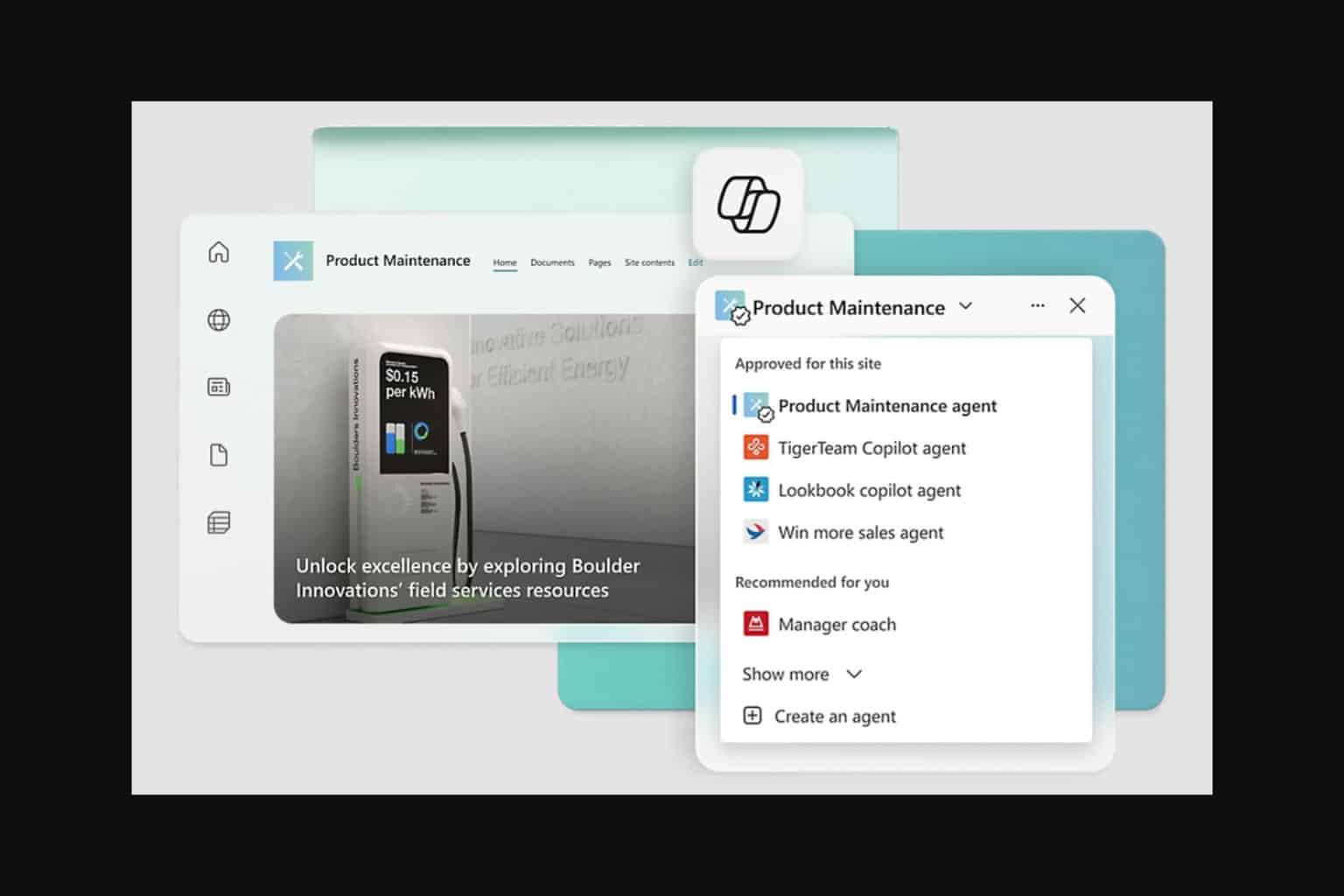Windows 10 How to: Manage storage, all from one place
3 min. read
Published on
Read our disclosure page to find out how can you help Windows Report sustain the editorial team. Read more
Storage space is something many are constantly trying to find. Whether it’s programs, apps, music, games, or anything else on your PC, when you have a device for a long time, you’re likely going to amass a collection that needs storing. In Windows 10 storage is easier to manage than in Windows 8.1 and has a one stop shop layout that lets you know what’s taking up the most space.
The storage section in settings allows you to easily identify what’s taking up space and then either uninstall it or easily open the file explorer to move it around. It also lets you see how much space your OneDrive is taking up, which with recent changes to placeholders (ie they are now gone) is very important.
To access your storage settings you can either type “storage” into Cortana or go into the system area of the settings app and select storage.
Once there, you’ll see icons for each individual storage device you have. This allows you to easily manage your various forms of storage.
When you scroll down on that page, you’ll see the option to store different types of media to specific areas. This is good for if you want to automatically store your music on to an SD card you have plugged in or store movies onto an external hard drive you have set up.
To see what’s taking up space in a specific area, such as “This PC” you just click it and it calculates what types of files are taking up space. You’ll see them sorted into categories such as “System and reserved,” “Apps and games,” “Documents,” etc. This lets you know what’s hogging up your storage.
The different categories react differently when you click them. If you select system and reserved it will show you information but generally doesn’t let you edit (you can manage system restore but it takes you somewhere else). Selecting something like Documents or Pictures lets you click once to open the file explorer. The biggest storage management features in this part of settings are for apps and games, and OneDrive.
Opening apps and games shows you how much space each program and app and using. This shows both programs, such as Adobe Premiere Pro, and apps, such as SlingPlayer. You can easily uninstall one of these just by clicking them and selecting uninstall.
Last up is OneDrive. There is a lot of backlash about the changes Microsoft made to OneDrive, namely removing placeholders. This change makes OneDrive work very differently than what many users are used to. In the storage settings you can select OneDrive and then click “manage OneDrive” this allows you to manage which OneDrive items are on your PC or only in the cloud. If you deselect a file it will remove it from your device and make it only accessible through the cloud. This is a change that many are unhappy with that hopefully will be altered in an upcoming update. Changes to OneDrive are supposed to arrive sometime in the fall.
Managing storage is important for all users but becomes vital for those on device with small amount of storage. Luckily, in Windows 10 it isn’t that hard to manage. If you’re interested in freeing up even more space on your PC we have an article on how to free up disk space after updating to Windows 10.












User forum
0 messages